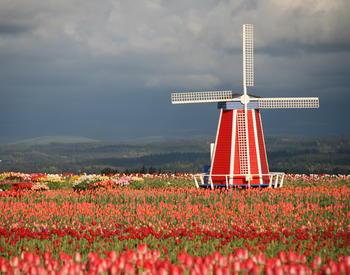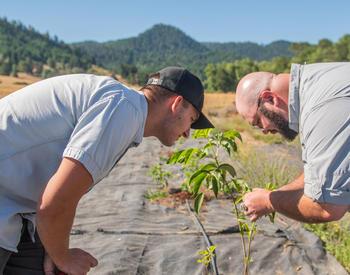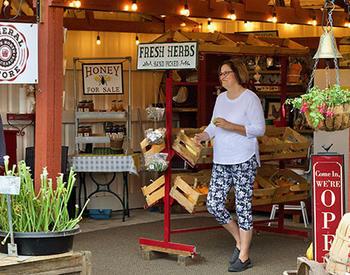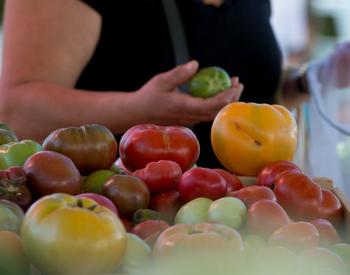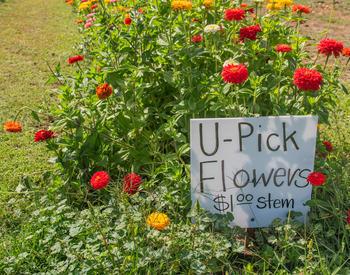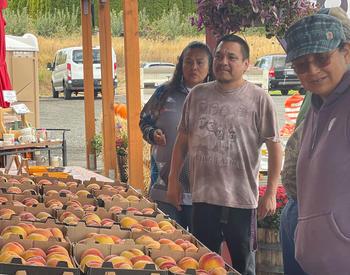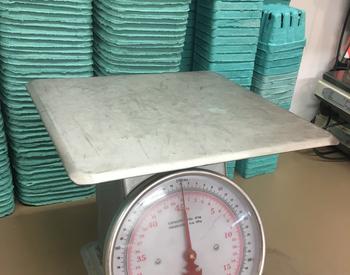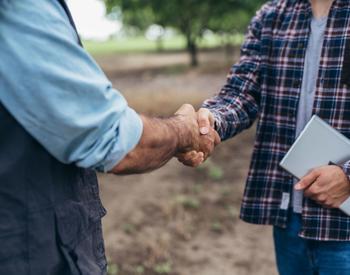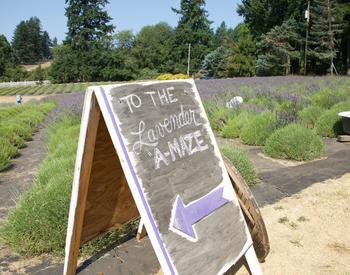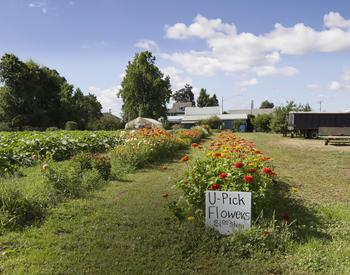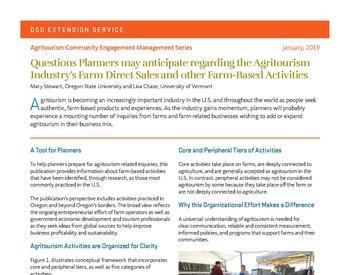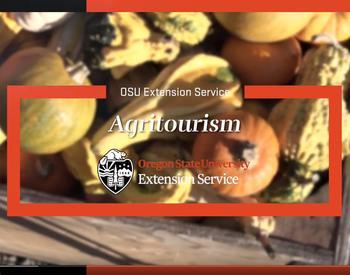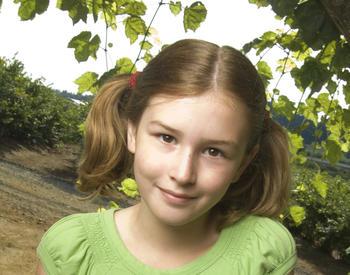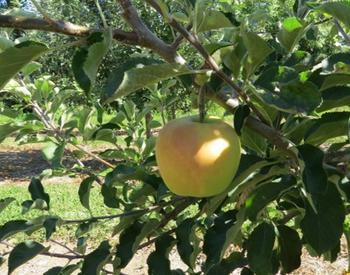The use of social media for agritourism1 , including farm direct sales operations, is quickly becoming an important marketing tool. Potential new visitors and regular customers are using platforms such as Instagram2 and Facebook to find the next great authentic farm experience and a place to buy local farm products. Instagram stories are one of the ways farms keep followers engaged.
Feed vs. story
Instagram has two different ways of showing content: feed and stories.
The feed consists of content that is deliberately posted and reflects official branding. It could be a preplanned product shot or timing the perfect sunset shot over the fields. Whatever the subject may be, this is an image that will be always available for someone to view on the profile. It is evergreen, planned and ideal for showcasing what the operation is about.
Instagram stories may be more authentic. They have an off-the-cuff feel that is ideal for showing the behind-the-scenes of a farm or value-added operation, which creates public engagement. These brief flashes of content allow the creator to add fun images, polls, countdowns and other quick interactive add-ons that help keep the viewer interested in the business and entice them to look for these stories and posts in the future.
Using a combination of feed posts and stories is a great way to engage more followers on Instagram.
Authentic farm experiences are shown through Instagram stories
Unlike a feed post which will remain on a profile unless deleted, an Instagram story is content that only lasts 24 hours. It is a great way to show quick snippets of farm life: feeding the cows, bottling wine, crop updates, plowing a field or setting up decorations for fall festivals. While these actions may be normal day-to-day farm activities, viewing them gives followers the feeling of authenticity and builds a personal connection over social media.
How Instagram stories market my farm
A business on Instagram has the ability to get screen time in front of potential customers locally, nationally and internationally. Out of a billion people that use Instagram, there are 500 million daily story users and one-third of the most-viewed stories come from business accounts.2
While day-to-day farm life may not seem extraordinary to an operator, the public is looking for ways to connect with the land and the products. By using stories to showcase everyday farm life it gives them the feeling of being included, an insider perspective that they would not get anywhere else. Followers crave a behind-the-scenes look that feels more personal and authentic.
This makes the follower seek out the experience themselves by visiting the farm or operation, buying products and hopefully, becoming a returning customer.
It is an easy and no-cost way to get seasonal updates, sales and new product information out to followers.
How to create an Instagram story
As long as the farm already has an Instagram account, creating a story is relatively easy. Here are the steps:
- On the Instagram feed page, there is a camera icon in the upper left corner. From this location, a picture or video can be shot for a story. If an existing image or video is the desired content, click on the little picture box at the bottom left of the screen. This will bring up the phone’s camera roll and content may be selected from there.
- Once a picture has been selected or taken, customization may happen. Adding hashtags, GIFS, polls, countdowns or text to increase a follower’s interaction with the farm’s Instagram account and keep them looking for more stories in the future.
- To add these extra items, look for the icon bar along the top right of the screen. The big and little “A” allows text to be added in a variety of colors. The paintbrush icon allows the user to draw on the image or video. The third icon from the right is a square smiling face. This is the screen where hashtags, tags, locations, GIFS, sliders and all sorts of viewer-engaging add-ons can be found.
- It is a best practice to always tag or add the location of the operation to the story in order for the viewer to easily access more information about the location3 .
- In addition, place a GIF or two pertaining to the story’s subject matter.
- Once any of these items have been selected, they will appear in the center of the screen on top of the image. Hold down on that item with a finger and drag it to the desired spot. Once the story is created to satisfaction, it can be posted by clicking the story icon in the bottom left of the screen.
- The story only remains for 24 hours before it is deleted. If the content is something the poster would like saved, it can be done so in the highlight reel and will remain on the page’s profile until it is manually deleted.
- To save a story to a highlight reel, view the story and click the highlight icon in the bottom right corner of the screen. Highlight reels can be named and categorized for easier viewing.
Partial funding for this publication provided by the Agriculture Marketing Resource Center (AgMRC), located at Iowa State University. AgMRC is a national website dedicated to providing information to producers and service providers on value-added agriculture businesses.
- 1Agritourism is an operation that connects consumers and tourists with agricultural producers, products and places, usually on farms and ranches. It’s a way for agriculturalists to diversify their business, attract more customers, and remain sustainable. The five major categories of agritourism are: Farm-direct sales – farm stands, U-pick, farmers markets. Education – historical or informational tours, how-to classes, tastings (wine, cider, cheese, fruit...) Hospitality – overnight farm stays, farm-to-table dinners. Outdoor Recreation – fishing, wildlife viewing, horseback riding, hiking, hunting. Entertainment – event venues, live music, heritage activities like corn mazes, hayrides, and animal displays. A broader discussion of the conceptual framework of agritourism may be found in: The Conceptual Framework of Agritourism Activities in the US. Chase, L., Stewart, M., Schilling, B., Smith, B., & Walk, M. (2018). Agritourism: Toward a Conceptual Framework for Industry Analysis. Journal of Agriculture, Food Systems, and Community Development, 8(1), 13-19.
- 2 a b Instagram®
- 3Instagram Stories, Tourism Tech Series, July 17, 2019, taught by Molly Johnson, Communications Specialist – Content, Social Media for Oregon’s Mount Hood Territory.
